1. Black-Eyed Peas: A Southern Tradition
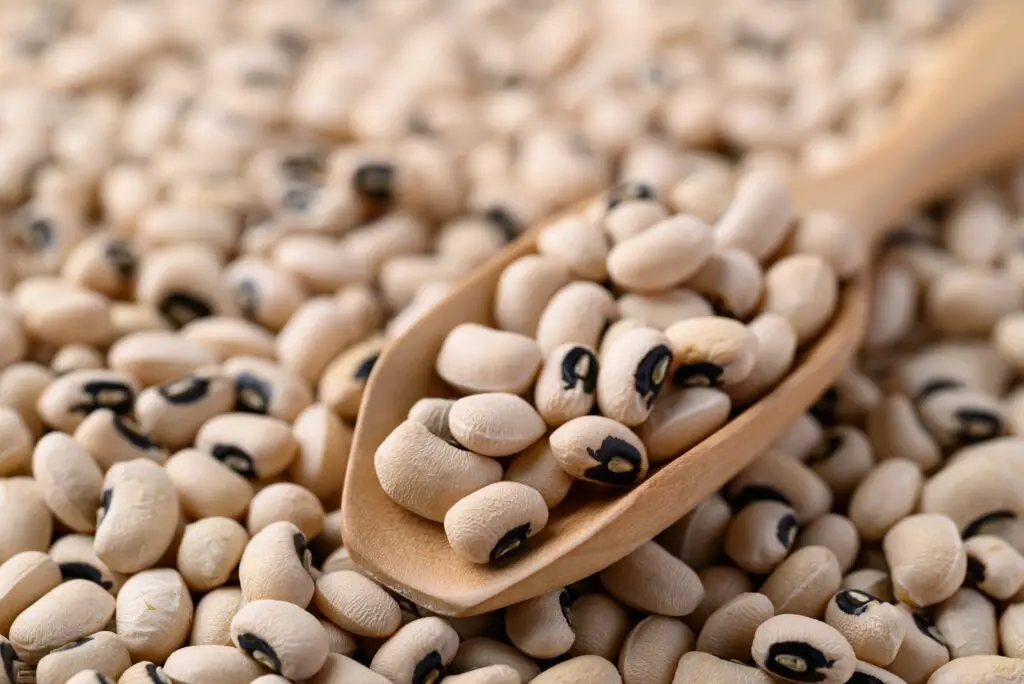
Black-eyed peas have long been a staple of Southern cuisine, especially when eaten on New Year’s Day. In many cultures, they were thought to bring good luck, prosperity, and good health for the upcoming year. This belief is particularly strong in the Southern United States, where the peas are often served with pork, symbolizing abundance. The more peas you eat, the more good fortune is thought to come your way shares Food Network.
Today, while black-eyed peas are still enjoyed, their association with luck has faded a bit. However, they remain a popular dish for New Year’s celebrations, and many chefs use them in more creative ways, like in salads or grain bowls. Despite their humble origins, black-eyed peas still hold a place in many hearts as a comforting, lucky food adds the Spruce Eats.
2. Noodles: Long Life and Prosperity

In many cultures, particularly in China, noodles are considered a symbol of long life and good luck. On birthdays and during Lunar New Year celebrations, it’s customary to eat uncut noodles to ensure a long, healthy life. The longer the noodle, the better, as it represents longevity and prosperity. In some families, it’s even said that if you slurp your noodles without breaking them, your life will be long and prosperous says Reddit.
Noodles are still a beloved dish around the world today, enjoyed in countless forms. From Italian pasta to Japanese ramen, noodles are universal, and their connection to good fortune continues to be part of many celebratory meals. The simple yet meaningful tradition remains alive in kitchens everywhere, though the focus is more on taste than longevity these days explains Taste of Home.
3. Pomegranate: A Symbol of Fertility and Good Luck
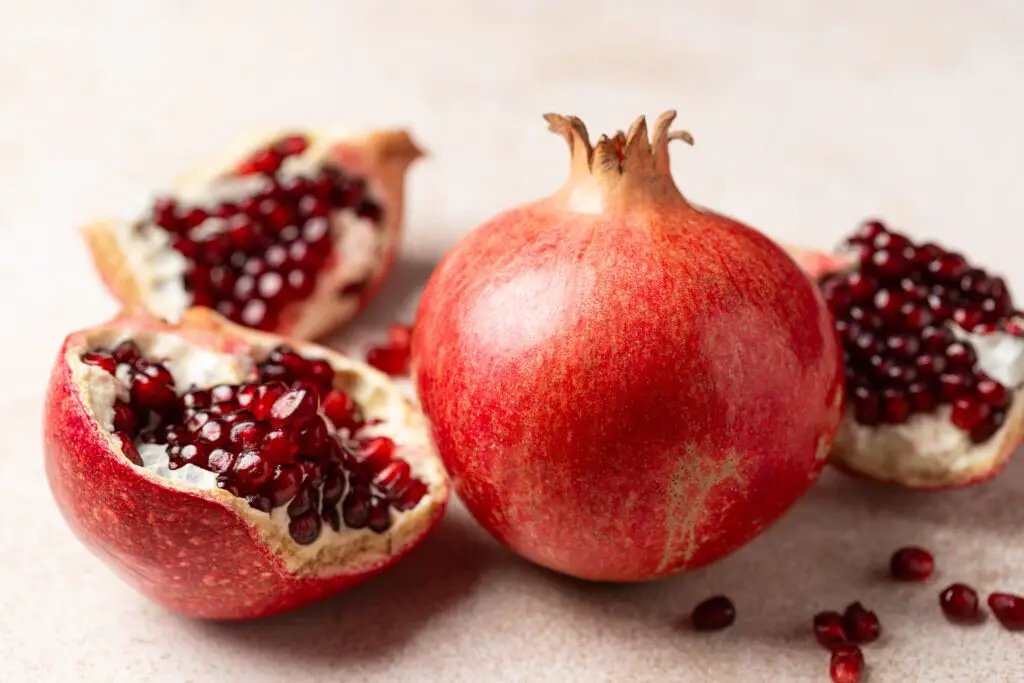
Pomegranates have long been regarded as a symbol of fertility and good fortune, especially in the Mediterranean and Middle Eastern cultures. The many seeds inside the fruit were believed to represent abundance and prosperity. Eating pomegranates during the New Year was thought to attract wealth and good luck for the coming months. In some traditions, people would even sprinkle pomegranate seeds on their doorsteps for blessings.
In modern times, pomegranates are often used in salads, juices, and desserts. Though their association with luck may have dimmed, their health benefits and vibrant flavor continue to make them a popular choice. For chefs, pomegranates are a favorite ingredient for adding a touch of sweetness and color to dishes.
4. Cabbage: A Green Path to Wealth

Cabbage, particularly in the form of sauerkraut, is a lucky food in some cultures, especially during the New Year. The green color of cabbage symbolizes wealth and prosperity, while its leaves are thought to bring good fortune when eaten. The tradition is most common in Eastern Europe, where cabbage is often prepared with pork for a meal that signifies abundance and good health.
Though cabbage is a staple in many diets worldwide, its association with luck is less emphasized today. Still, it remains a beloved ingredient in dishes like coleslaw and soups. Whether it’s pickled, sautéed, or served fresh, cabbage continues to be a nourishing food that symbolizes well-being.
5. Fish: A Symbol of Abundance and Luck

In many cultures, fish is considered a lucky food, particularly during celebrations like the Lunar New Year. The fish is often served whole, with the head and tail intact, symbolizing a good beginning and end to the year. The Chinese, in particular, believe that eating fish brings wealth and prosperity, as the word for fish, “yu,” sounds like the word for abundance.
Fish continues to be a popular dish around the world today. Whether grilled, fried, or served raw in sushi, fish remains a key ingredient in many cuisines. While the superstition around fish may not be as widely observed, it’s still enjoyed for its delicious taste and nutritional value.
6. Grapes: Sweet Fortune in Every Bite
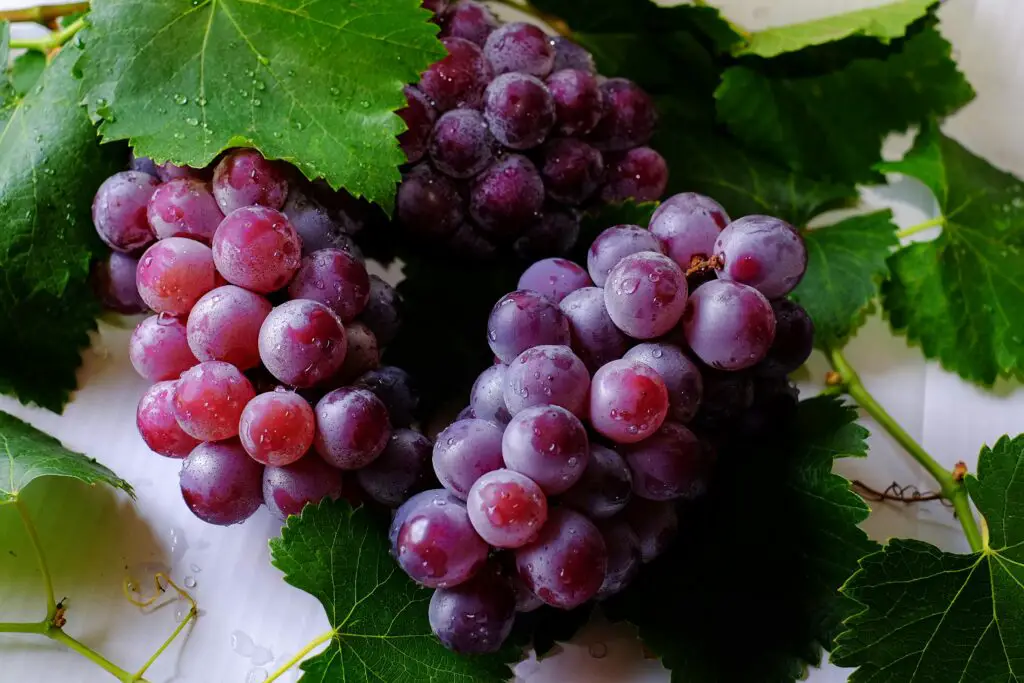
Eating grapes, especially at the stroke of midnight on New Year’s Eve, is a tradition in Spain and other countries. For each chime of the clock, one grape is eaten, symbolizing good luck for each of the twelve months of the coming year. This ritual is thought to bring prosperity and joy in every area of life, with each grape representing a blessing for the month ahead.
Today, grapes are enjoyed worldwide in a variety of ways. From fresh fruit to juices, jams, and wine, grapes remain a popular and versatile food. While their link to New Year’s luck is still practiced, their role as a sweet, nutritious snack has become more prominent.
7. Oysters: A Pearly Path to Prosperity

Oysters have long been considered a lucky food, especially in coastal regions. Their association with good fortune is tied to their rarity and the fact that they’re often served during special occasions like New Year’s Eve. In some cultures, oysters are believed to bring wealth and success, with the pearls inside symbolizing hidden treasures.
In modern kitchens, oysters remain a luxurious delicacy. They’re served raw on the half shell, in stews, or even fried. Despite their somewhat intimidating appearance, oysters are a prized ingredient, and their symbolic connection to prosperity still lingers in fine dining establishments.
8. Apples: Health and Luck in Every Bite
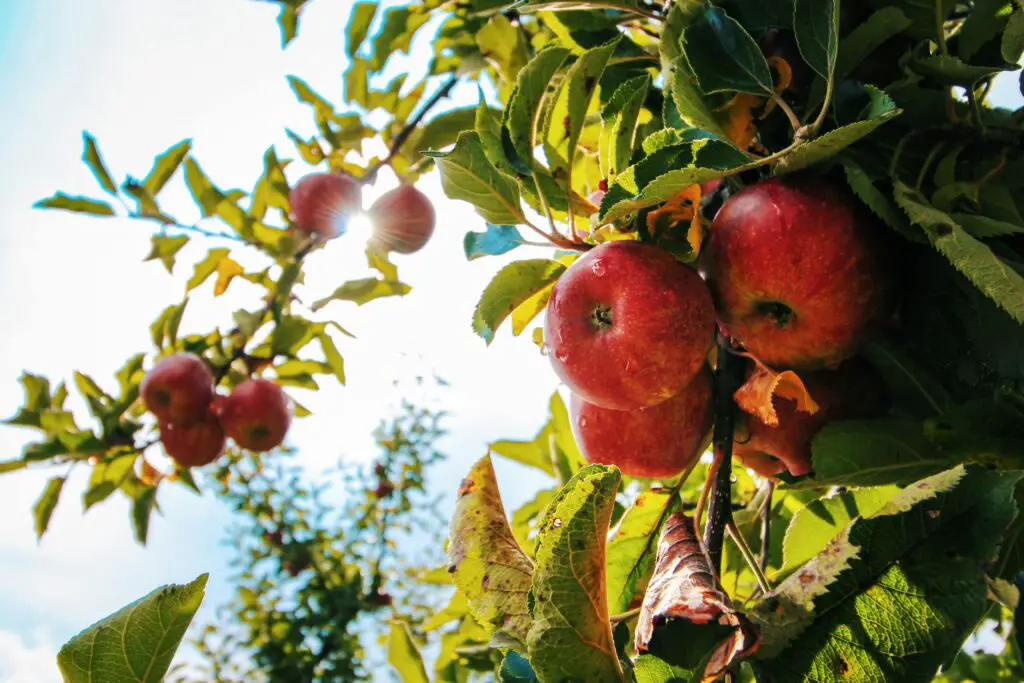
Apples are a symbol of health, knowledge, and luck in many cultures. In ancient Greece, apples were associated with the gods and believed to bring both wisdom and good fortune. In the United States, apples are traditionally eaten on New Year’s Eve for good luck in the coming year, particularly when they are dipped in honey or served as part of a dessert.
While apples are a common fruit found in kitchens worldwide, their historical connection to luck and prosperity is often overlooked today. Whether enjoyed fresh, baked, or juiced, apples continue to be a favorite ingredient in both savory and sweet dishes.
9. Almonds: The Nut of Luck and Love
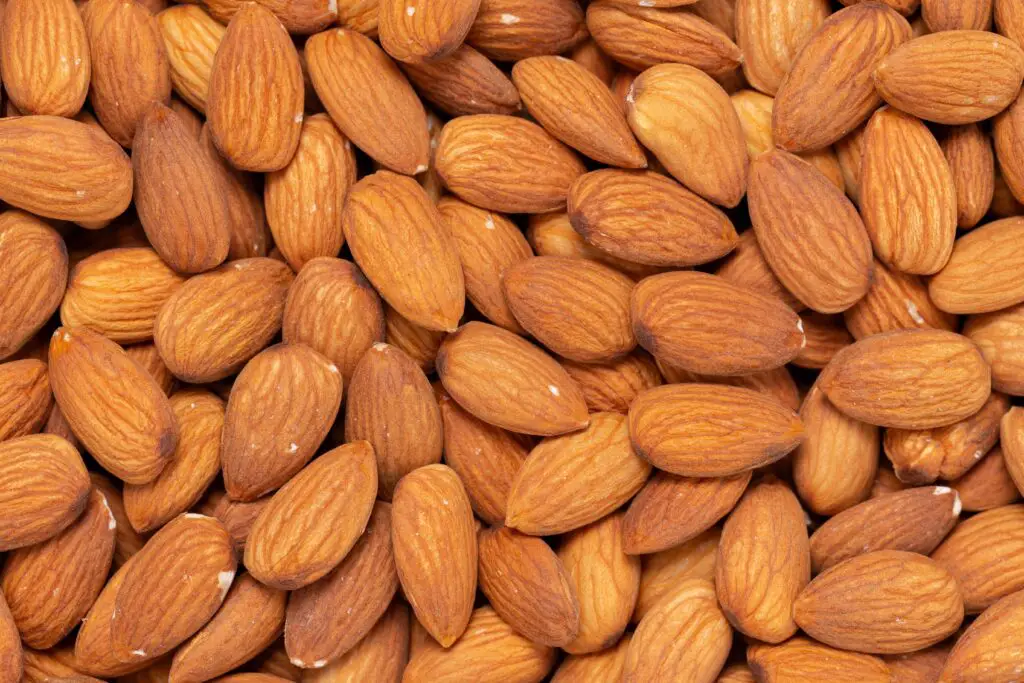
In many Mediterranean cultures, almonds are considered lucky, particularly when eaten during the New Year. Their association with good fortune stems from their rich history, with the almond tree being considered a symbol of life and renewal. In some traditions, almonds are even given as gifts during weddings to wish the couple good luck and fertility.
Today, almonds are enjoyed as a healthy snack, in desserts, and as an ingredient in various savory dishes. Their connection to luck and love may be more symbolic now, but they remain an important and versatile food in kitchens worldwide.
10. Cornbread: A Southern Symbol of Prosperity
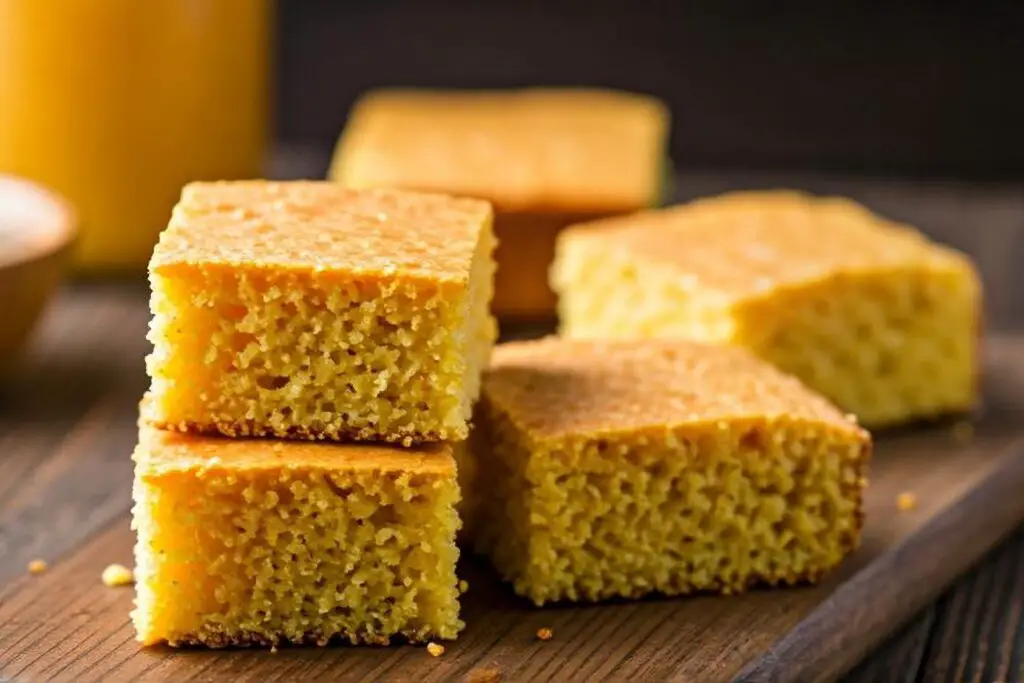
Cornbread has deep roots in Southern culture, where it’s often eaten during New Year’s celebrations for good luck. The golden color of the cornbread symbolizes wealth, and the act of eating it is believed to attract prosperity for the coming year. It’s often paired with black-eyed peas and greens to complete a traditional Southern New Year’s meal.
Cornbread remains a comfort food in many American households, particularly in the South. Whether served with chili, barbecue, or just on its own, cornbread continues to be a beloved part of Southern cuisine, though its lucky reputation is more of a nostalgic tradition now.
11. Honey: Sweet Luck in Every Spoonful
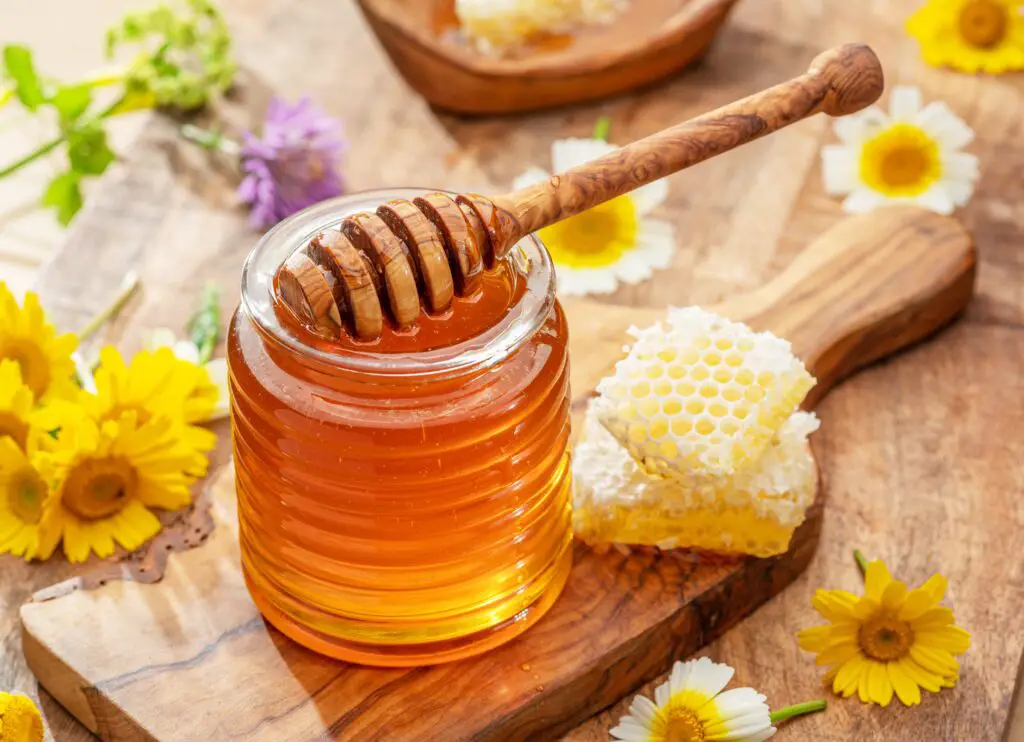
Honey is considered a lucky food in many cultures, particularly in the Middle East. It’s believed to bring sweetness and prosperity, and in some cultures, it’s used as an offering to the gods for blessings. In Israel, it’s traditional to eat honey with apples during the Jewish New Year to symbolize the wish for a sweet year ahead.
Today, honey is still enjoyed for its natural sweetness and health benefits. Whether drizzled on toast, stirred into tea, or used in desserts, honey remains a sweet, comforting food that carries with it a sense of warmth and well-being.
12. Sweet Potatoes: The Root of Good Fortune

In many parts of the world, sweet potatoes are seen as a symbol of abundance and good luck. Their rich, orange color is thought to represent prosperity and vitality. In some traditions, sweet potatoes are eaten during harvest festivals and New Year celebrations to ensure a bountiful year ahead.
Sweet potatoes continue to be a beloved food in modern kitchens. From roasted to mashed, or even made into pies, sweet potatoes are a versatile and healthy ingredient that embodies warmth and comfort, making them a fitting dish for any occasion.
13. Cherries: A Fruit for Prosperity

Cherries have long been associated with good luck, especially during celebrations in Europe and Asia. The fruit’s vibrant red color is often linked to wealth and happiness. In some cultures, cherries are eaten during the New Year for good fortune, and in Japan, they are considered a symbol of renewal and new beginnings.
Cherries remain a popular fruit, enjoyed fresh, in desserts, or even in savory dishes. Their symbolism of luck and prosperity has faded a bit over time, but they continue to be a joyful and delicious addition to many meals.
